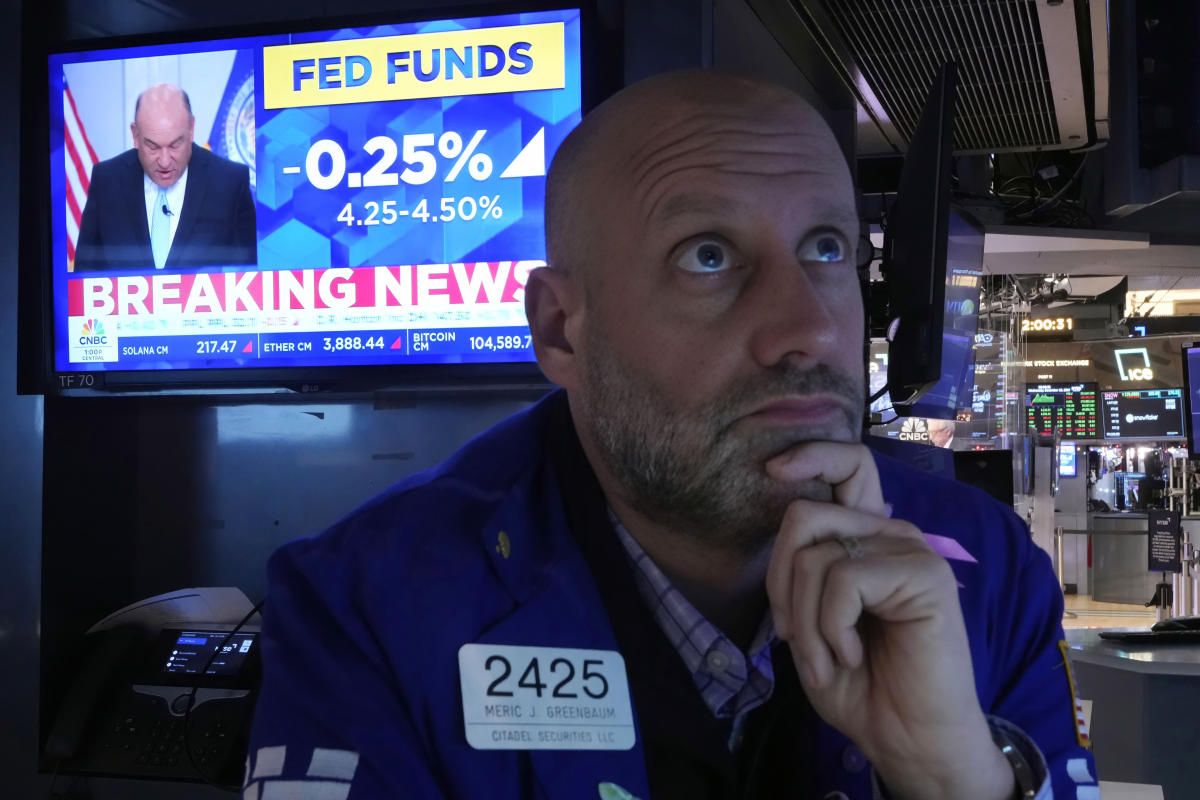- Rachel Reeves to take City bankers to Beijing in finance-focused talks
- Conference on deepening financial openness and co-op in Northeast Asia held in NE. China’s Shenyang
- Bitcoin’s Price Patterns Mirror 2016 Growth Amid Macro Trends (10/01/2025)
- Voltage Pictures Takes Majority Stake In The Exchange
- Central Banks And Sovereign Funds Grow Crypto Reserves
If we’re looking to avoid a business that is in decline, what are the trends that can warn us ahead of time? Typically, we’ll see the trend of both return on capital employed (ROCE) declining and this usually coincides with a decreasing amount of capital employed. Trends like this ultimately mean the business is reducing its investments and also earning less on what it has invested. Having said that, after a brief look, Marcus (NYSE:MCS) we aren’t filled with optimism, but let’s investigate further.
You are viewing: Marcus (NYSE:MCS) Is Finding It Tricky To Allocate Its Capital
For those who don’t know, ROCE is a measure of a company’s yearly pre-tax profit (its return), relative to the capital employed in the business. Analysts use this formula to calculate it for Marcus:
Return on Capital Employed = Earnings Before Interest and Tax (EBIT) ÷ (Total Assets – Current Liabilities)
0.02 = US$18m ÷ (US$1.0b – US$161m) (Based on the trailing twelve months to September 2024).
See more : The 10-year Treasury yield is making the market nervous: Morning Brief
Therefore, Marcus has an ROCE of 2.0%. In absolute terms, that’s a low return and it also under-performs the Entertainment industry average of 10%.
See our latest analysis for Marcus
Above you can see how the current ROCE for Marcus compares to its prior returns on capital, but there’s only so much you can tell from the past. If you’d like to see what analysts are forecasting going forward, you should check out our free analyst report for Marcus .
The trend of ROCE at Marcus is showing some signs of weakness. The company used to generate 6.1% on its capital five years ago but it has since fallen noticeably. On top of that, the business is utilizing 26% less capital within its operations. When you see both ROCE and capital employed diminishing, it can often be a sign of a mature and shrinking business that might be in structural decline. If these underlying trends continue, we wouldn’t be too optimistic going forward.
To see Marcus reducing the capital employed in the business in tandem with diminishing returns, is concerning. Long term shareholders who’ve owned the stock over the last five years have experienced a 29% depreciation in their investment, so it appears the market might not like these trends either. Unless there is a shift to a more positive trajectory in these metrics, we would look elsewhere.
See more : Unearthing None’s Hidden Gems With Strong Financial Foundations
One more thing, we’ve spotted 1 warning sign facing Marcus that you might find interesting.
While Marcus may not currently earn the highest returns, we’ve compiled a list of companies that currently earn more than 25% return on equity. Check out this free list here.
Have feedback on this article? Concerned about the content? Get in touch with us directly. Alternatively, email editorial-team (at) simplywallst.com.
This article by Simply Wall St is general in nature. We provide commentary based on historical data and analyst forecasts only using an unbiased methodology and our articles are not intended to be financial advice. It does not constitute a recommendation to buy or sell any stock, and does not take account of your objectives, or your financial situation. We aim to bring you long-term focused analysis driven by fundamental data. Note that our analysis may not factor in the latest price-sensitive company announcements or qualitative material. Simply Wall St has no position in any stocks mentioned.
Source link https://finance.yahoo.com/news/marcus-nyse-mcs-finding-tricky-133949888.html
Source: https://summacumlaude.site
Category: News







